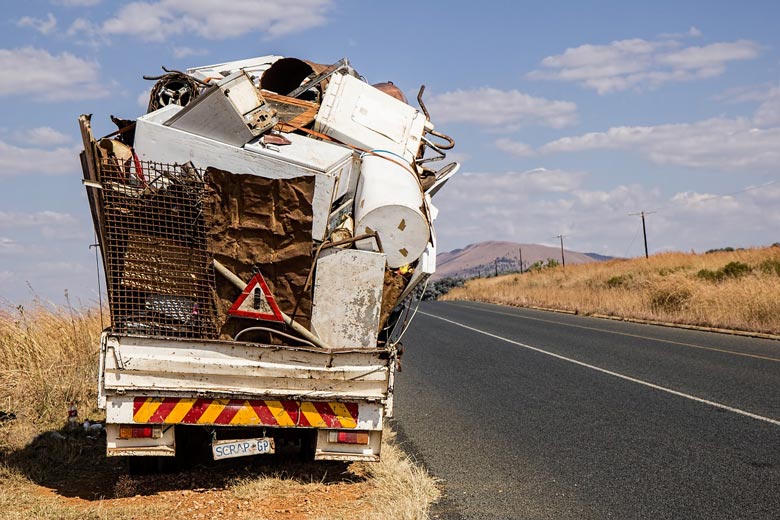
It comes as no surprise to the waste industry that the state government intends to introduce a landfill levy, however, considerable thought needs to be put into making it work effectively.
The transport of waste from NSW to Queensland has raised the profile of waste management considerably. However, there are some key facts that are often missed and glossed over in the public debate:
- There is nothing illegal about transporting waste (or any other commodity) from one state to another.
- Levying waste that is only derived from NSW and excluding Queensland generated waste is unconstitutional.
- Recycling only really works when a cost-effective and saleable product is produced at the end of the process. Australia only collects recyclable waste.
- No one (the public, Councils, businesses or service providers) wants to pay more for waste management even though each player knows this will need to occur.
- The NSW levy is not uniform statewide so there is an intrastate transport of waste.
Media articles have indicated that the Queensland levy may be between $60 and $70 per tonne. This rate will make the transport of some waste from Sydney and surrounds to Queensland commercially unviable, which means there will be some reduction in transported waste.
The implementation of the waste levy has gained significant community attention. The Queensland Government has announced that the State’s residents will not be paying more for the collection and disposal of their waste. Householders have been promised that what they pay for the waste in their wheelie bins will the same as they pay now. However, the government has stated that businesses will be forced to pay the levy.
So how can commercial waste from a restaurant or sporting stadium be levied when domestic waste from a household is not? Some very detailed sorting and storage will be needed at putrescible waste transfer stations. Clearly, this is totally unpractical.
The most logical way to achieve the desired outcomes is:
- All waste whether commercial, domestic, construction, and demolition or industrial waste is levied at a predetermined rate.
- To ensure that ratepayers do not incur higher domestic waste charges (rate increases), the State government has to rebate local councils to cover any additional levy fees incurred by the landfilling of domestic waste.
- Recycled waste (yellow bins) and green waste (green bins) remain levy free.
- The calculation of the rebate to the council will need to be carefully determined to ensure that no party pays or receives too much. Having solved these residential issues, there are some other factors to consider:
- The price paid for ‘skip bins’ will increase resulting in extra costs for builders, construction companies, as well as and mums and dads doing a clean out.
- The price for sporting tickets, charges at restaurants, use of facilities (that produce commercial waste) will increase for consumers.
- The quantity of trucks that travel from NSW to use Queensland landfills will be reduced but not eliminated.
A hidden issue in the implementation of the landfill levy is in which council areas it will be mandated. I assume that every local government area from Noosa to Gold Coast City out to Toowoomba Regional Council will be affected. Wherever the line is drawn, there will be an arbitrage opportunity for a business (or even a local government) to transport their waste to another to avoid the levy as they do in parts of NSW.
Nevertheless, the aim of the levy is to promote recycling. Hopefully, the funds collected by the State are used to assist local authorities or businesses to construct recycling and other waste infrastructure. Another use of funds from the levy could be to remediate old landfills. These landfills were developed many years ago before stricter environmental licencing and a number continue to pollute nearby ground and surface waters as well as continuing to provide financial headaches for local authorities.


